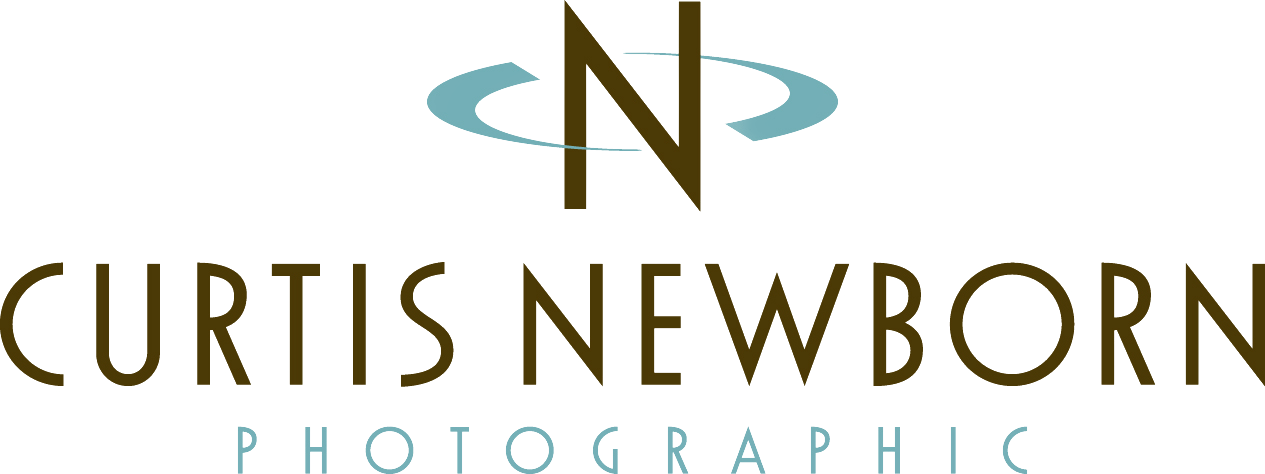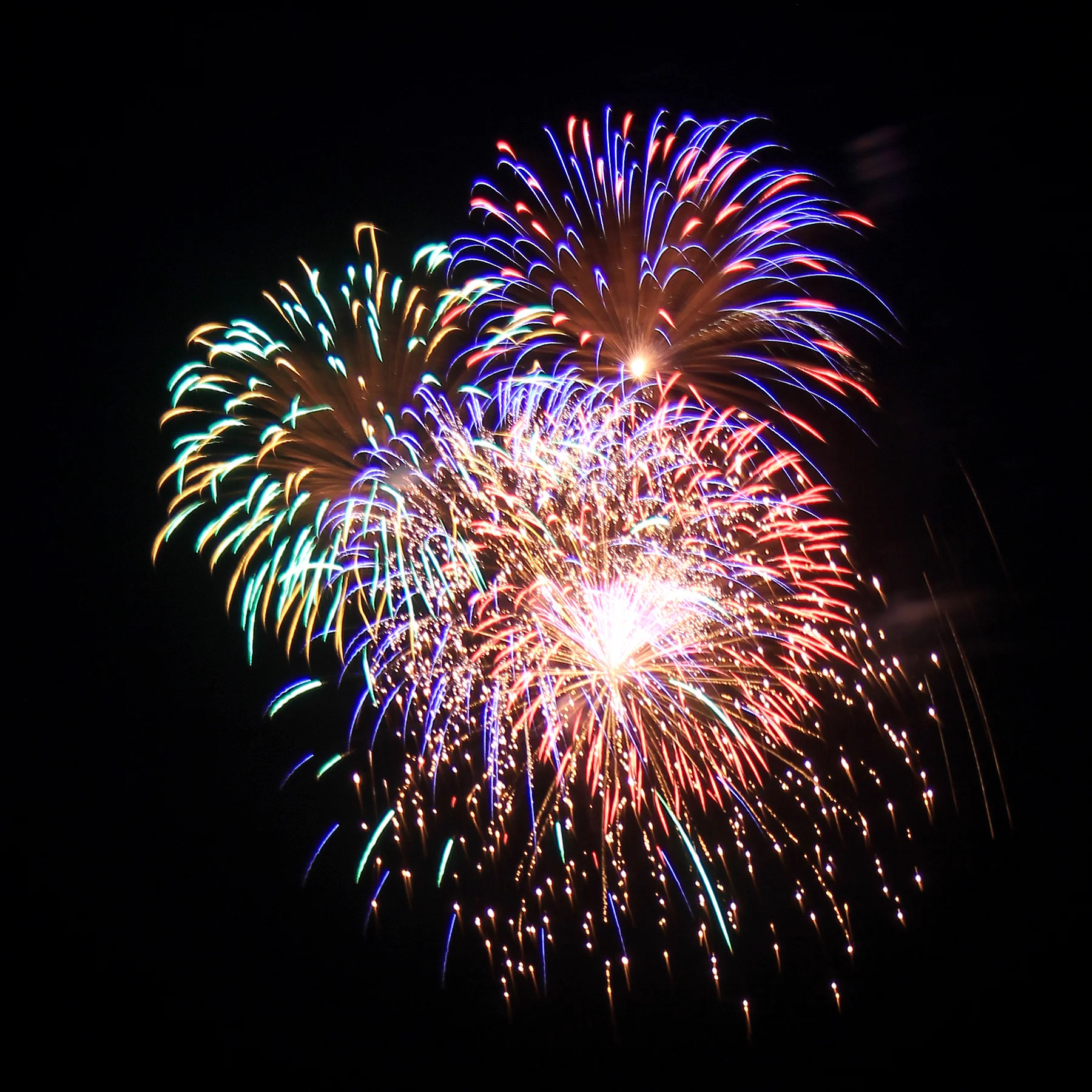Do you have what it takes “go pro?" I’m constantly asked by aspiring photographers about the “business side” of my world. The photography business is a very personal, emotional and immersive world… but it’s still a business. That means you need to possess not only the creative spark and energy to create great work, but also bring with you the strong business fundamentals that put you on the path to success.
Because there is a lot of interest in this, I decided earlier this year to create a “Workshop Series” that allows those thinking about actually starting a photo business to learn the process, and network with other like-minded folks. The workshop covers the following areas:
- MY JOURNEY
- SETTING UP YOUR BUSINESS
- THE RIGHT EQUIPMENT
- CREATING & MARKETING YOUR BRAND
- SUSTAINING YOUR BUSINESS
The goal at the end of the day is for participants to be able to better decide if this life is for them, and if so, to consider making an initial investment in yourself and your business.
MY JOURNEY
I’ll walk you through the “business” of photography, discuss how to push yourself and your art, and help you to understand the need for a work-life balance. I’ll outline for you what it takes to “go pro,” what is costs, and most importantly, I’ll help guide you in deciding if the photography business is really the direction you want to head. You’ll learn tips, techniques, how to choose the right gear, and what it costs to produce a shoot. Prepare to be inspired and have your questions answered!
SETTING UP YOUR BUSINESS
When I got started I thought that if I had great photography skills, I’d have a successful business. But that couldn’t be further from the truth. If you’re starting and running your own business, you need to wear a “baker’s dozen” of hats. You are a photographer/customer service expert/bookkeeper/marketing director/social media whiz/branding dude/website creation person/secretary/treasurer/CEO/CFO and pretty much any other title you can think of.
From marketing to accounting to negotiating, there may be some days that you never touch a camera. It may seem like unfamiliar territory, but spending time honing your business skills will pay off in the long run. Photographers need business skill know-how just as much as any business. There are many aspects of the business of photography that should be considered before starting up your own photography business.
THE RIGHT EQUIPMENT
First off, I understand how researching, testing and learning about new photo equipment can be sexy and exciting, but in reality, it’s really about how you, as a fledgling photography business, figure out how to create art with what you already have… and to stop yourself from chasing the next big innovation. That said, let’s take a look at some of the necessary stuff that you’ll need in order to be successful.
CREATING & MARKETING YOUR BRAND
As a new business, you can choose to market yourself with big, loud tactics… there isn’t anything inherently wrong with that strategy. But I’ve chosen a slower approach with my marketing; I’ll call it “white noise marketing.” The secret for me has been to continue to produce high quality images and then quietly remind people about them. To do this, I like to send people anywhere from five to eight postcards a year and usually write something funny and personalized on the back. I’d hate to be thought of as the photographer's version of a "used car salesman" with loud gimmicks and cheap suits. That’s not the association I want people to make when they think about my work.
SUSTAINING YOUR BUSINESS
At this point in the workshop, we’ve covered the necessary “building blocks” to work with as you consider starting your photography business… Then you can take it to the next level. So once you’ve started your business as a professional photographer, how do you keep the ball rolling? What steps must you take to keep a steady flow of business? The ability to “take a great picture” is but ONE part of having a successful professional photography business. A commercial photographer who runs their own business needs to be a great salesperson who also happens to possess the ability to take amazing photos. As a photographer, YOU are your business.
INTERESTED IN LEARNING MORE?
To learn more and see the schedule of upcoming workshops, visit our “Events Page”. If you’d like to start out by reading my eBook on this topic, you can download it here.





